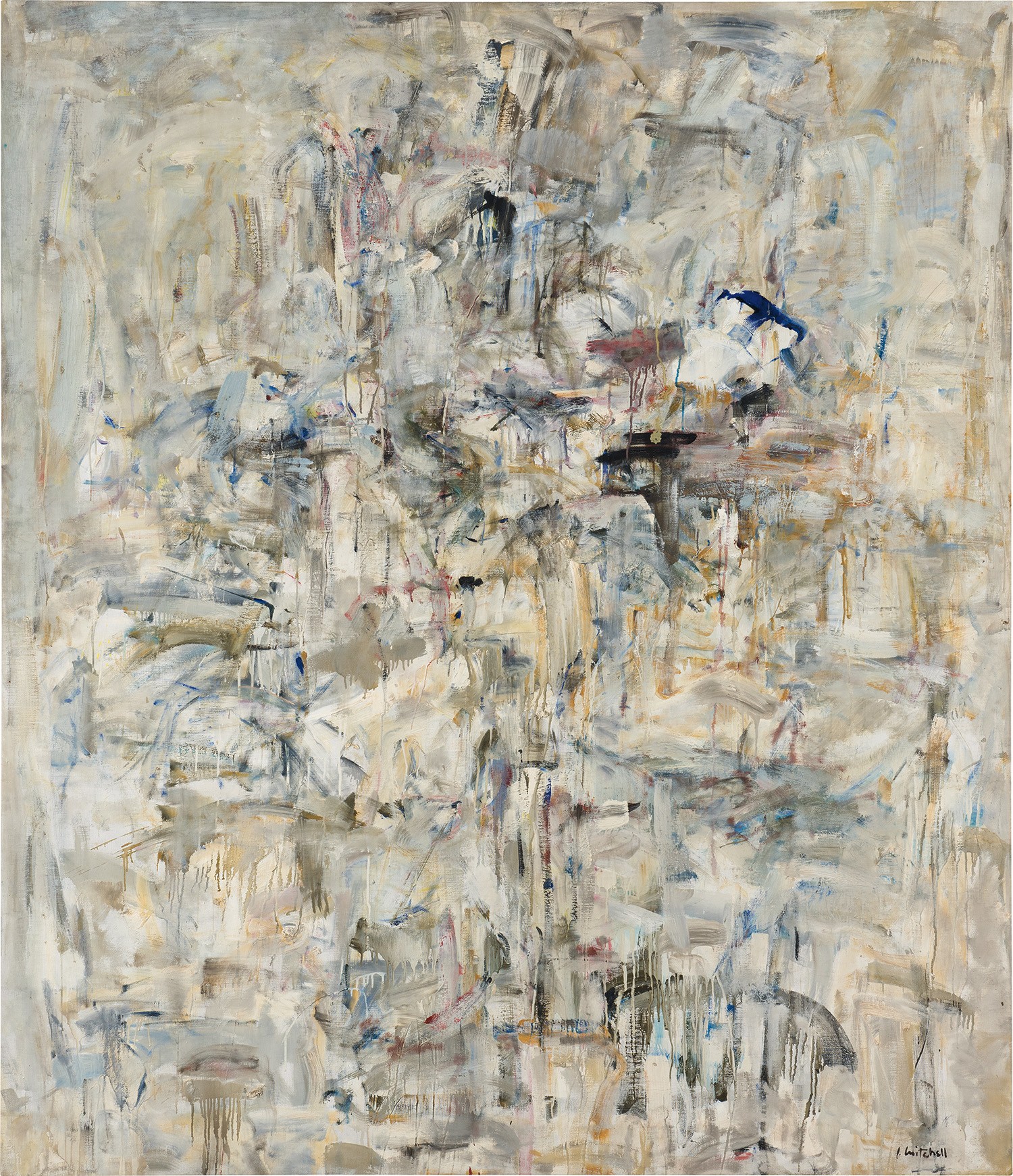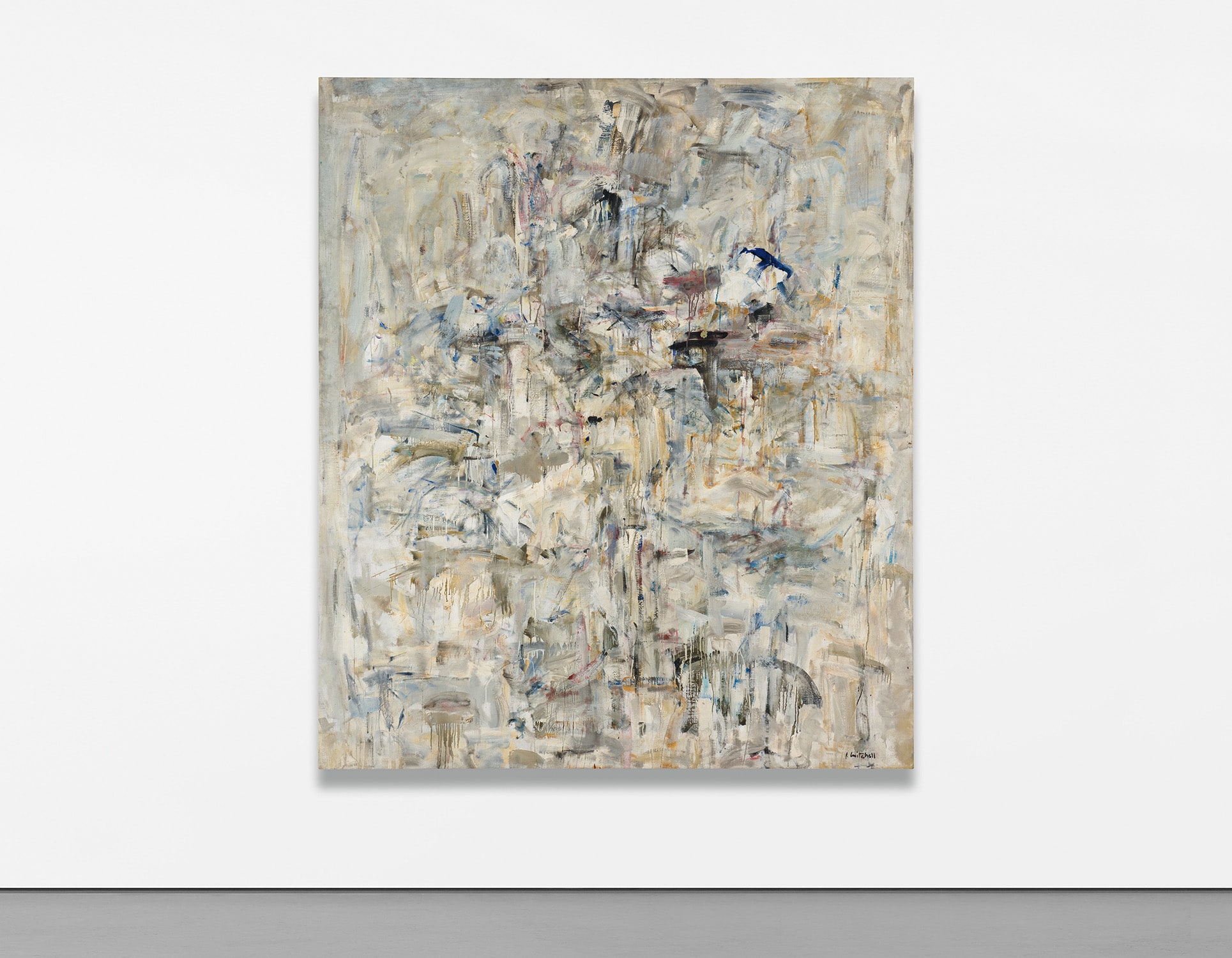



Property from an Esteemed Private Collection
24Ο◆
Joan Mitchell
Untitled
signed “J. Mitchell” lower right
oil on canvas
80 5/8 x 69 3/8 in. (204.8 x 176.2 cm)
Painted circa 1953.
This work has been requested for inclusion in the artist’s forthcoming retrospective Joan Mitchell organized by The Baltimore Museum of Art, the San Francisco Museum of Modern Art, and the Fondation Louis Vuitton, Paris, to be held from March 21, 2021 - February 27, 2023.
This work has been requested for inclusion in the artist’s forthcoming retrospective Joan Mitchell organized by The Baltimore Museum of Art, the San Francisco Museum of Modern Art, and the Fondation Louis Vuitton, Paris, to be held from March 21, 2021 - February 27, 2023.